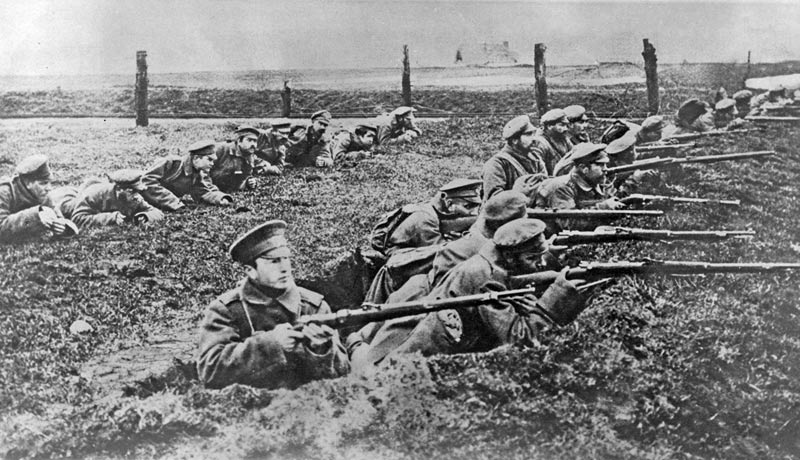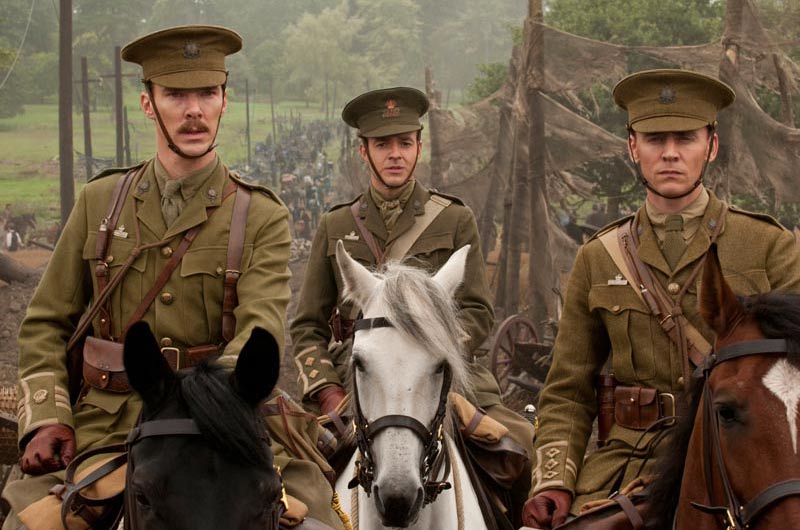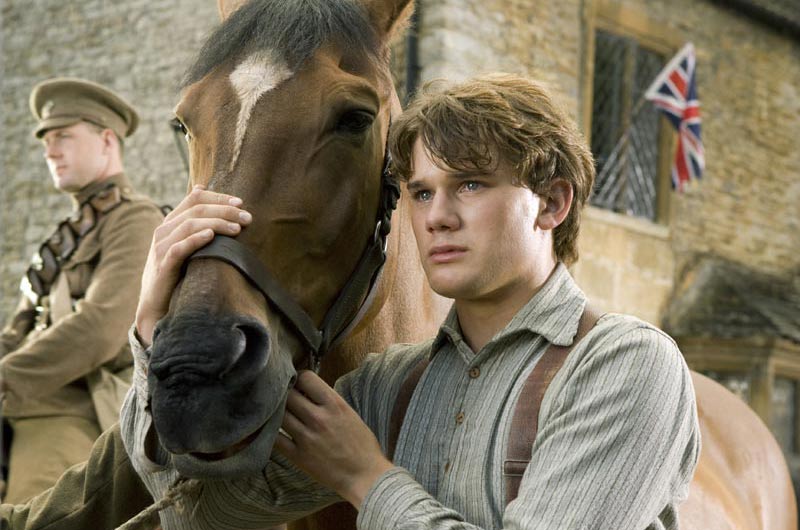Setting the Scene
Many filmmakers use primary sources to help them gather information on the historical setting of their films, to help them appear authentic.
Primary sources are any type of information that actually comes from the historical period being investigated.
- With a partner, make a list of primary sources that the filmmakers might use to help them represent Britain during the First World War in a believable, authentic way. Where might they find these sources?
- Look at the sources below. What information would you use from them to help you recreate a scene for a film set during this period? Based on these choices, write a short paragraph describing the scene you wish to create.
Click source title to reveal/hide:
- ATTACK by Siegfried Sassoon
At dawn the ridge emerges massed and dun
In wild purple of the glow’ring sun,
Smouldering through spouts of drifting smoke that shroud
The menacing scarred slope; and, one by one,
Tanks creep and topple forward to the wire.
The barrage roars and lifts. Then, clumsily bowed
With bombs and guns and shovels and battle-gear,
Men jostle and climb to meet the bristling fire.
Lines of grey, muttering faces, masked with fear,
They leave their trenches, going over the top,
While time ticks blank and busy on their wrists,
And hope, with furtive eyes and grappling fists,
Flounders in mud. O Jesus, make it stop!
- An account of an attack by Pte F.J Field, 15th Warwickshire Regiment (from Tommy’s Ark by Richard Van Emden)
Sunday began in brilliant sunshine. A bright blue sky, visible from the depths of our trenches, and a lack of gunfire lulled us into a momentary peace of mind…then the enemy bombardment broke loose with the sudden violence of an earthquake. A tornado of shells of all calibres struck at us with mad intensity from four till seven in the evening. Those of us who survived felt like chaff in the wind. We were choked by dust and acrid fumes and deafened by the inferno of noise.
- WW1 Trench image
Russian troops in the trenches at the East Prussian frontier. Credit: Encyclopædia Britannica, Inc.
- Now look at these still images from Spielberg’s War Horse (click to enlarge):
Identify visual details in these images that you think are authentic representations of this period. Is there anything to suggest they are filmic representations rather than original images from the period? Think about point of view, perspective, use of light and colour.
To analyse more fully the authenticity of these images, go to the Imperial War Museum’s online collections and see if you can source images that are similar. With a partner, compare the images you have found with those displayed here. What are the similarities and differences between the primary sources and the filmic reconstructions?





